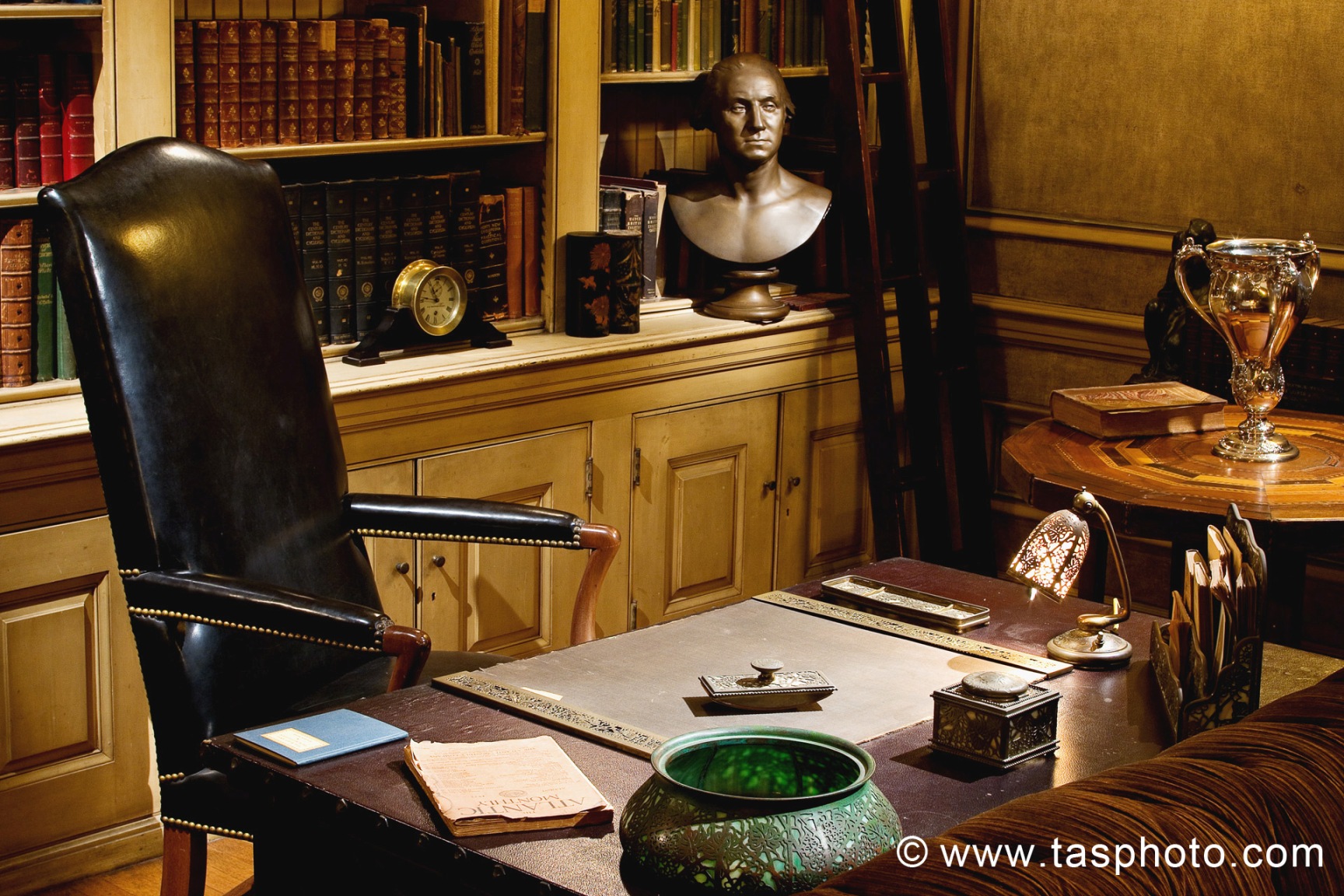Here’s another post about our good friend, the inventor Miss Clara Wells!
During their lifetimes both Miss Wells and President Wilson encountered two major wars. The first was the Civil War. Miss Wells lived through that dark time while in her early adult years; President Wilson lived through the war as a boy in the American South. His memories from the reconstruction years would later help inspire his idea for the League of Nations. The second was The Great War, or World War I. President Wilson led the U.S. through this conflict and the ensuing peace. Miss Wells, who had moved to Europe in 1869, lived in France during the war years and likely experienced some of the horrors of war first-hand. Her love and compassion for the people of Europe is undoubtedly what inspired the following patent.
During the war, much of Belgium was caught in the crossfire. The following patent is one of Miss Wells’ ideas for helping to reconstruct the small country.
Invention of Miss Clara L. Wells
Belgian state farms on land affected by the war
Description: The best method for returning liberated Belgian territories to an arable and productive state would be to establish state farms in each agricultural region. The farms would be organized in a modern fashion following this description and the facing drawings.
Before establishing such an operation, it would be necessary to analyze the composition of the land to know what type of fertilizer to use: potassium, nitrates, sulfates, or manure.
The buildings will be organized according to the building plan: a central pavilion and, surrounding in a square, annex buildings, with roads between them leading to the farm from different fields.
The central building with an interior courtyard will be comfortably built in a Swiss chalet style. It will be used as administrative offices, lodging for personnel, with a restaurant, meeting room, library, etc.
The eight annex buildings will be lightly constructed using removable panels and roofing. The result, though elegant, will not be expensive, reinforced with iron or cement.
These buildings will comprise:
1. Stables for large livestock (horses, cows)
2. Stables for small livestock (sheep, pigs)
3. Lower yard and hutches
4. Storage for vehicles and goods
5. Repair workshops and laboratory
6. Fodder warehouse
7. Grain silo and dairy
8. Fertilizer warehouse
This method of construction and organization seems ideal for quickly cultivating lands ravaged by the projectiles of war.
Belgium’s farmland was not the only part of the country to suffer, many of its historic landmarks and government buildings were destroyed. After the war, the King and Queen of Belgium sent Wilson a set of decorative plates featuring different landmarks in Belgium. Twelve of these plates are still on display at the Woodrow Wilson House in Washington DC.






No comments :
Post a Comment